What is an arboretum?
It is a place where trees are grown for scientific, educational and display purposes.
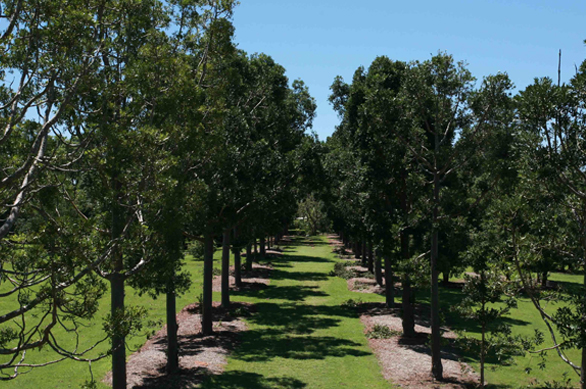
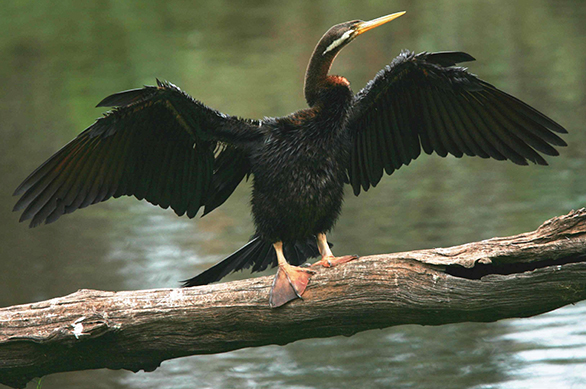
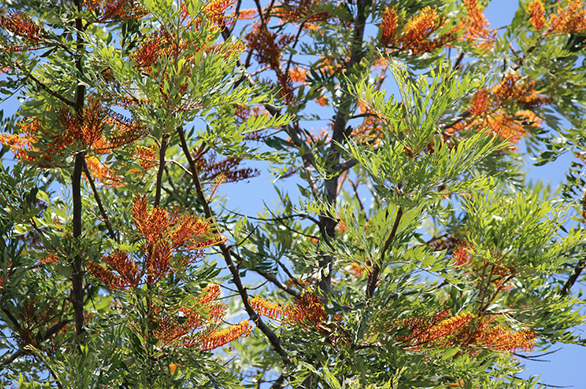

It comes from the Latin word arbor meaning tree. Most trees in an arboretum are allowed to ‘stand alone’ – to thrive in a setting free from the fierce competition of their natural environment.
Scottish-born botanist, designer of gardens and cemeteries and garden magazine editor, John Claudius Loudon (1783 – 1843) is credited with being the first person to use the term arboretum in writing. The concept of the study of collections of trees goes back much further. Ancient civilisations, such as the Egyptians, were known to collect, care for and study exotic trees from foreign lands.
The history of Sherwood Arboretum
Sherwood Arboretum is one of a kind in Brisbane. This inviting 15 ha botanic treasure led the way in 1925 as our city’s first Arboretum to showcase and scientifically study Australian native trees. Today, with its valued botanical collection, it is both an inviting green space to relax in, unwind and enjoy and a fascinating place for discovery, learning, conservation and protection.
What is special?
Sherwood Arboretum was well ahead of its time in Australia by its virtual exclusion of exotic trees from across the world.


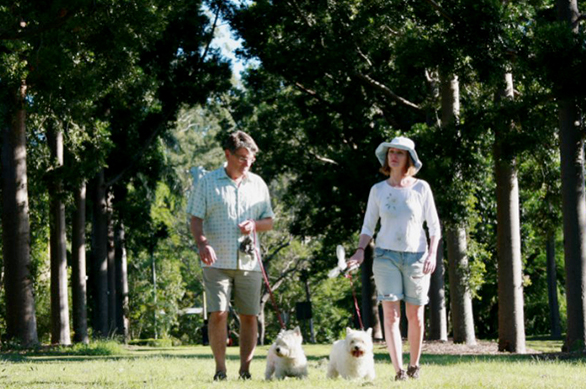
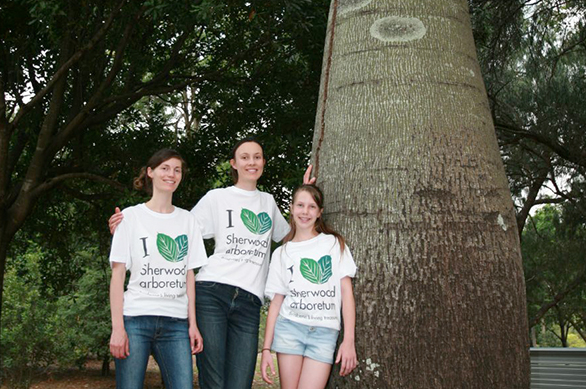
‘Sherwood Arboretum is considered to have the oldest specifically indigenous tree collection of an arboretum in Australia.’
Dr Jean Sim, Brisbane Garden Historian since the 1990s and former Senior Lecturer Landscape Architecture, Queensland University of Technology.
Today, the heritage-listed Arboretum is home to more than 1100 specimen trees, some rare and endangered, representing some 250 Australian native species. The collection is currently spread across seven planting communities, ranging from wet and dry rainforest to open eucalypt forest.
The historic avenue of 72 Queensland Kauri trees is one of the few examples in Australia where citizens came together to plant a landmark avenue of trees to celebrate the opening of a botanic gardens or arboretum.
The avenue’s heritage walk provides a unique ‘living history’ – a fascinating insight into Brisbane society in the 1920s before the foundation of today’s Brisbane City Council on the 1 October 1925 from 20 smaller councils and boards, including Sherwood Shire Council.